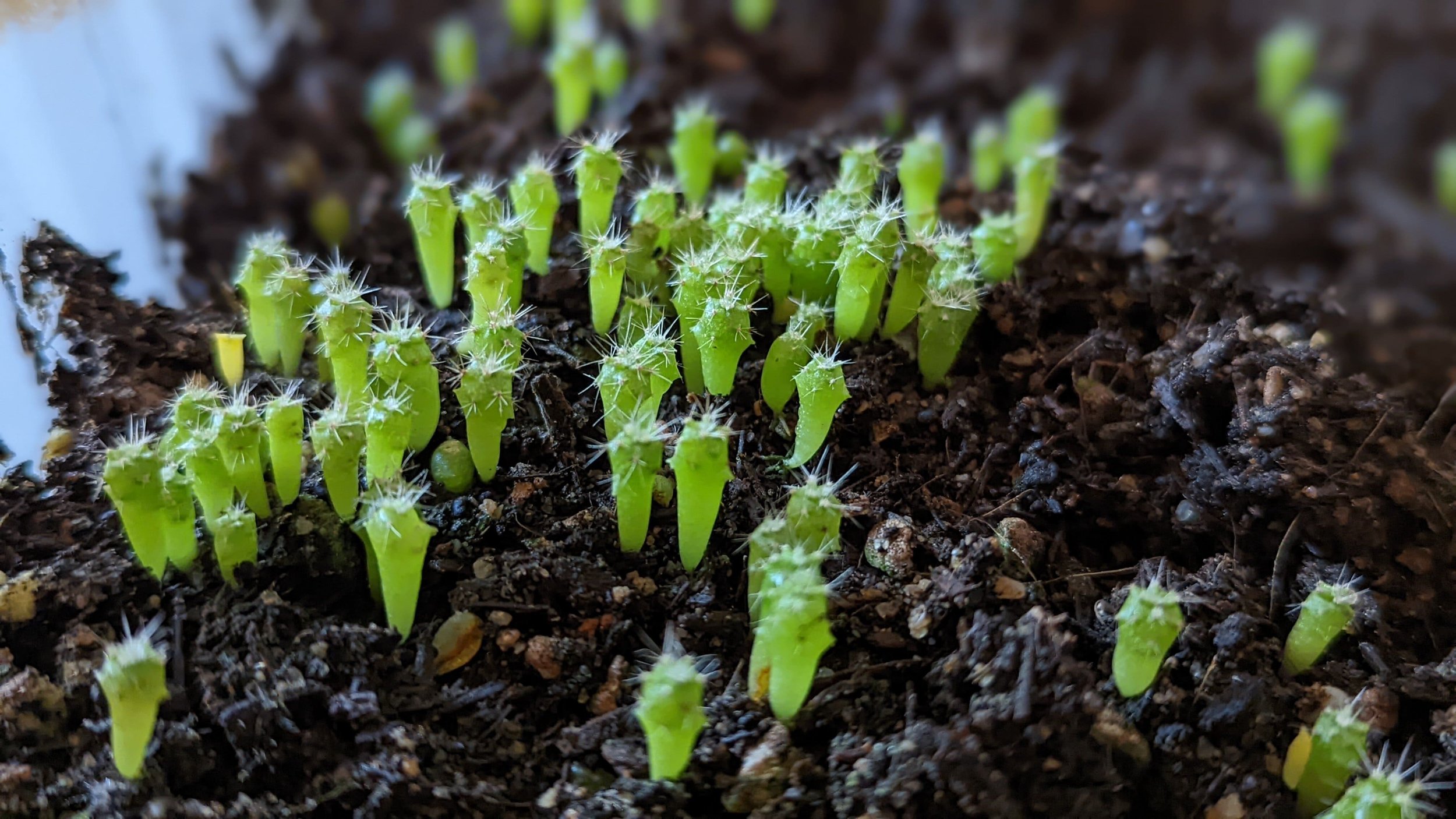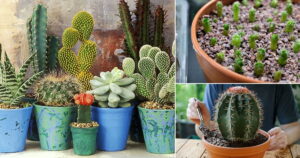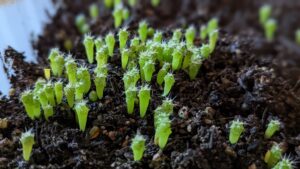Sprouting cactus seeds is one of the most rewarding endeavors for gardening enthusiasts. Not only does it allow one to experience the miracle of growth from the very beginning, but it also opens up a world of diverse species and forms. Here’s a comprehensive guide on how to successfully germinate cactus seeds, ensuring that even beginners can cultivate these resilient plants with relative ease.
Understanding the unique requirements of cactus seeds is paramount for novice gardeners. Cacti, hailing primarily from arid regions, have adapted to withstand extreme conditions. This unique physiology means they require specific care and conditions to sprout successfully. Below are detailed steps to guide you through the process of germinating cactus seeds.
Choosing Quality Seeds for Optimal Growth
The first step in sprouting cactus seeds is to select high-quality seeds. When sourcing seeds, prioritize reputable suppliers who specialize in cacti. Freshness is key; older seeds may have diminished viability, leading to low germination rates. Look for species that intrigue you — there’s a multitude of genera, including Echinopsis, Gymnocalycium, and Opuntia, each with its own distinct aesthetics and growth patterns.
Once you procure your seeds, check for the following:
- Seed Longevity: Ensure the seeds are within their optimal shelf life. Most cactus seeds remain viable for several years, but checking the packing date can provide assurance.
- Specific Requirements: Some species may have unique germination requirements, such as certain light, temperature, or moisture conditions.
Choosing a Suitable Planting Medium
The planting medium is integral to successful germination. Cacti thrive in well-draining substrates that mimic their natural environment. A typical cactus seed soil mixture may consist of:
- Cactus Mix: Opt for pre-packaged cactus or succulent soil, as these blends are designed for maximum drainage.
- Organic Matter: Incorporating organic components like perlite, sand, or gravel can enhance drainage and aeration, which is crucial for preventing root rot.
- pH Balance: A slightly acidic to neutral pH (around 6.0 to 7.0) is ideal for cactus cultivation.
Preparing for Planting
Once your soil is ready, it’s time to prepare for the planting process. Before you begin, gather your materials:
- Seed tray or shallow container with drainage holes
- Moistened soil mixture
- Plastic wrap or a humidity dome
- Light source, preferably grow lights or a sunny windowsill
Start by filling your seed tray with the moistened soil, ensuring a depth of at least 1-2 inches is maintained. Level the surface with a flat tool to ensure uniformity. It’s critical to avoid packing the soil too tightly; a light touch should suffice to keep it aerated.
Germinating the Seeds
Now, the highly anticipated moment arrives — planting the seeds. Gently scatter the seeds across the soil surface. Unlike many plant seeds, cactus seeds require light to germinate, so do not bury them deeper than a few millimeters. Press them gently into the soil surface to ensure good contact, as this helps facilitate moisture absorption.
Cover the tray with plastic wrap or place it under a humidity dome to maintain humidity, which is crucial for germination. Place the setup in a location that receives indirect sunlight, ensuring that extreme fluctuations in temperature are minimized. Ideally, the ambient temperature should range between 70°F to 90°F (21°C to 32°C) for most cactus species.
After a few weeks, monitor the seeds for sprouting. Depending on the species, germination can take anywhere from a few days to several weeks. Be patient, and ensure the soil remains lightly moist but not soggy. Lift the plastic occasionally to prevent mold growth, allowing for air circulation.
Caring for the Seedlings
Upon germination, the real adventure begins. Tiny seedlings will emerge, eager for nourishment and light. Here are key care practices for nurturing these fragile newcomers:
- Light Exposure: Once seedlings emerge, gradually increase their exposure to light. A grow light can be used to provide adequate illumination, emphasizing the importance of a 14-16 hour light cycle.
- Watering Regimen: The frequency of watering will transition from moisture retention to a more traditional watering approach as seedlings establish roots. Allow the soil to dry out thoroughly between waterings and use a spray bottle to provide gentle moisture.
- Thinning Out: Once seedlings are a few inches tall, consider thinning them out to provide more space for growth. This allows them to thrive without competition for resources.
Transplanting Your Cacti
As cactus seedlings mature and develop stronger root systems, they may outgrow their initial containers. At this point, transplanting becomes necessary. Carefully remove seedlings, ensuring minimal disruption to their roots. Replant them into individual pots with appropriate cactus soil, taking care to increase pot size gradually to accommodate growth and development.
In conclusion, growing cacti from seeds is an intricate process that requires attention to detail and patience. However, with the right guidance and care, you’ll be rewarded with a stunning array of cacti that will flourish and add beauty to your space. Cultivating these resilient plants not only enhances your gardening skills but also connects you with the wonder of nature’s resilience and adaptability. Happy growing!





Leave a Comment